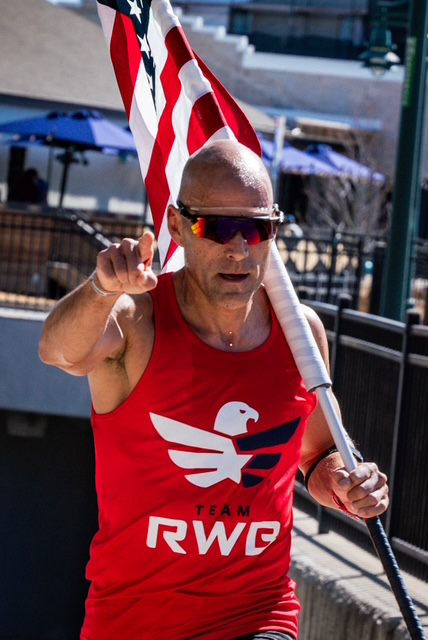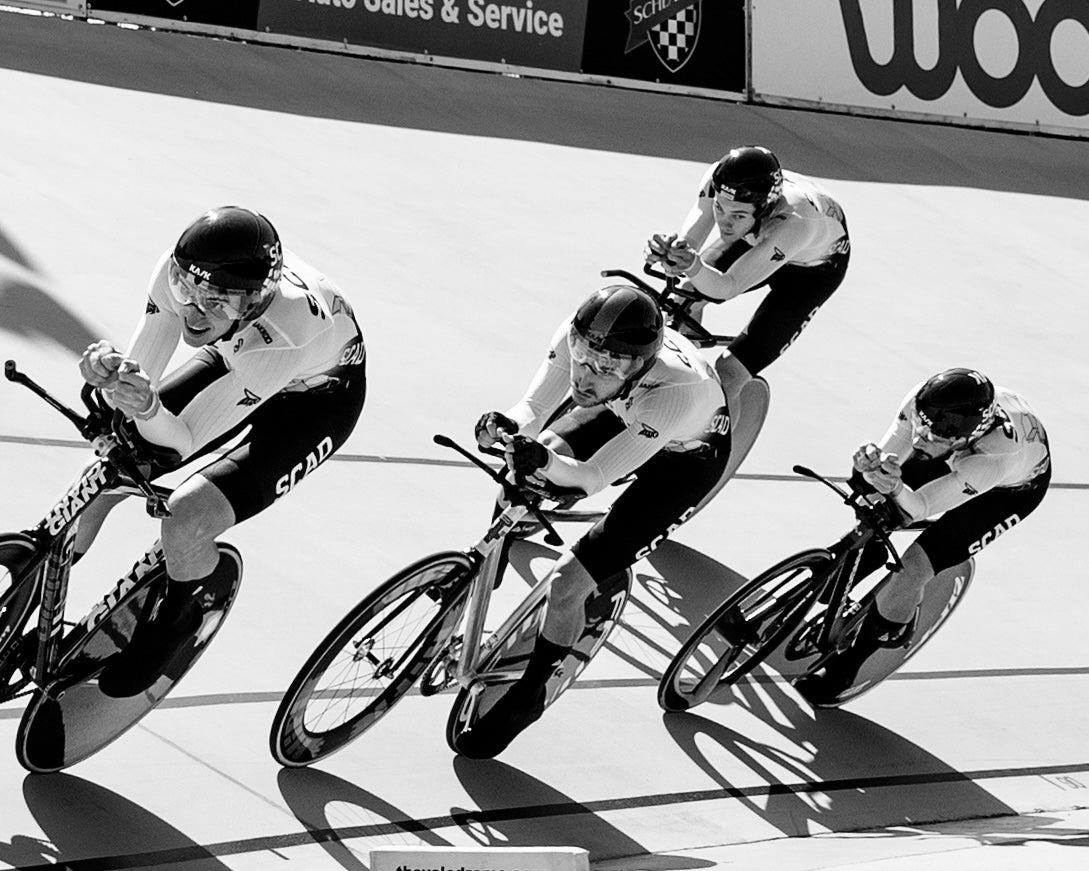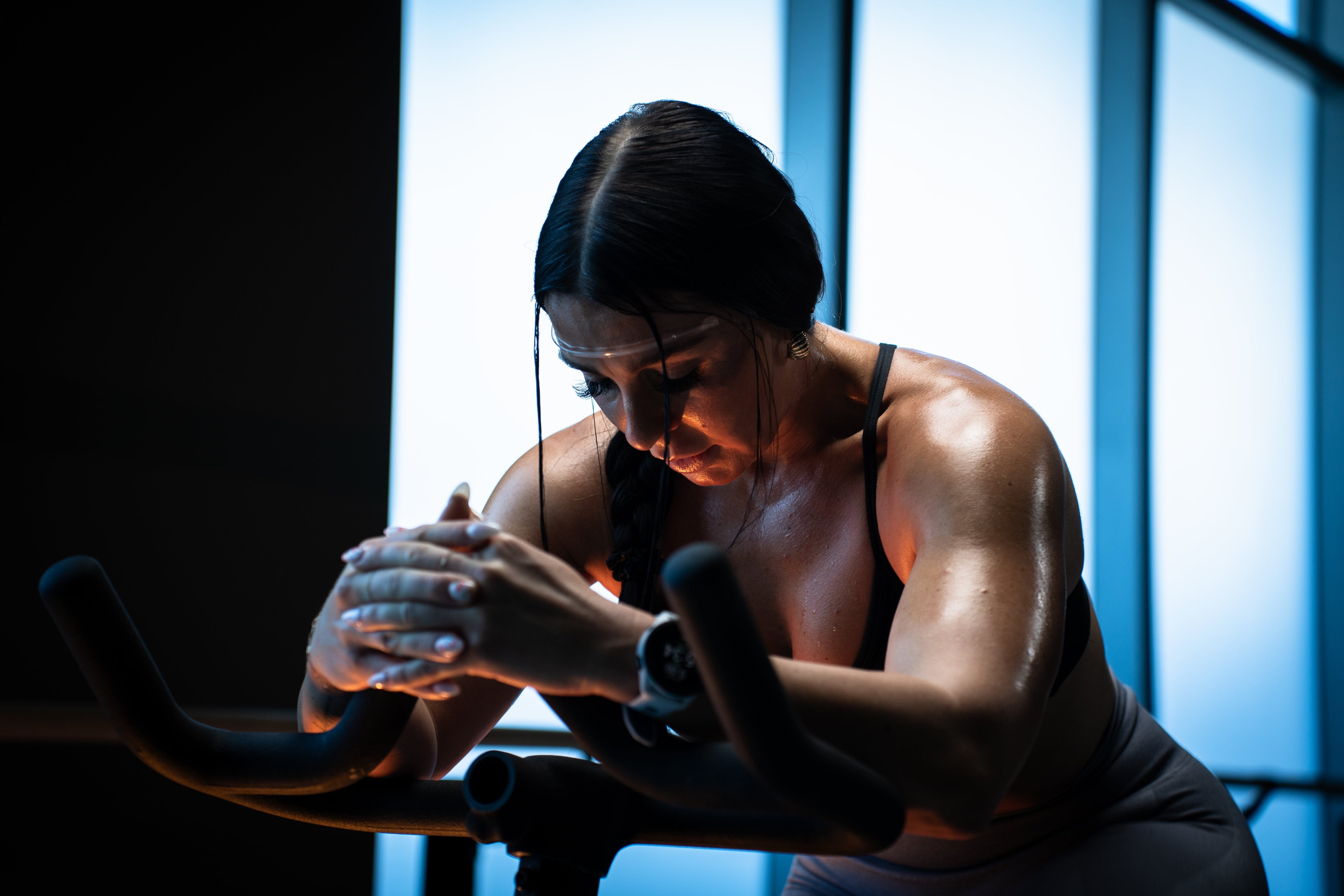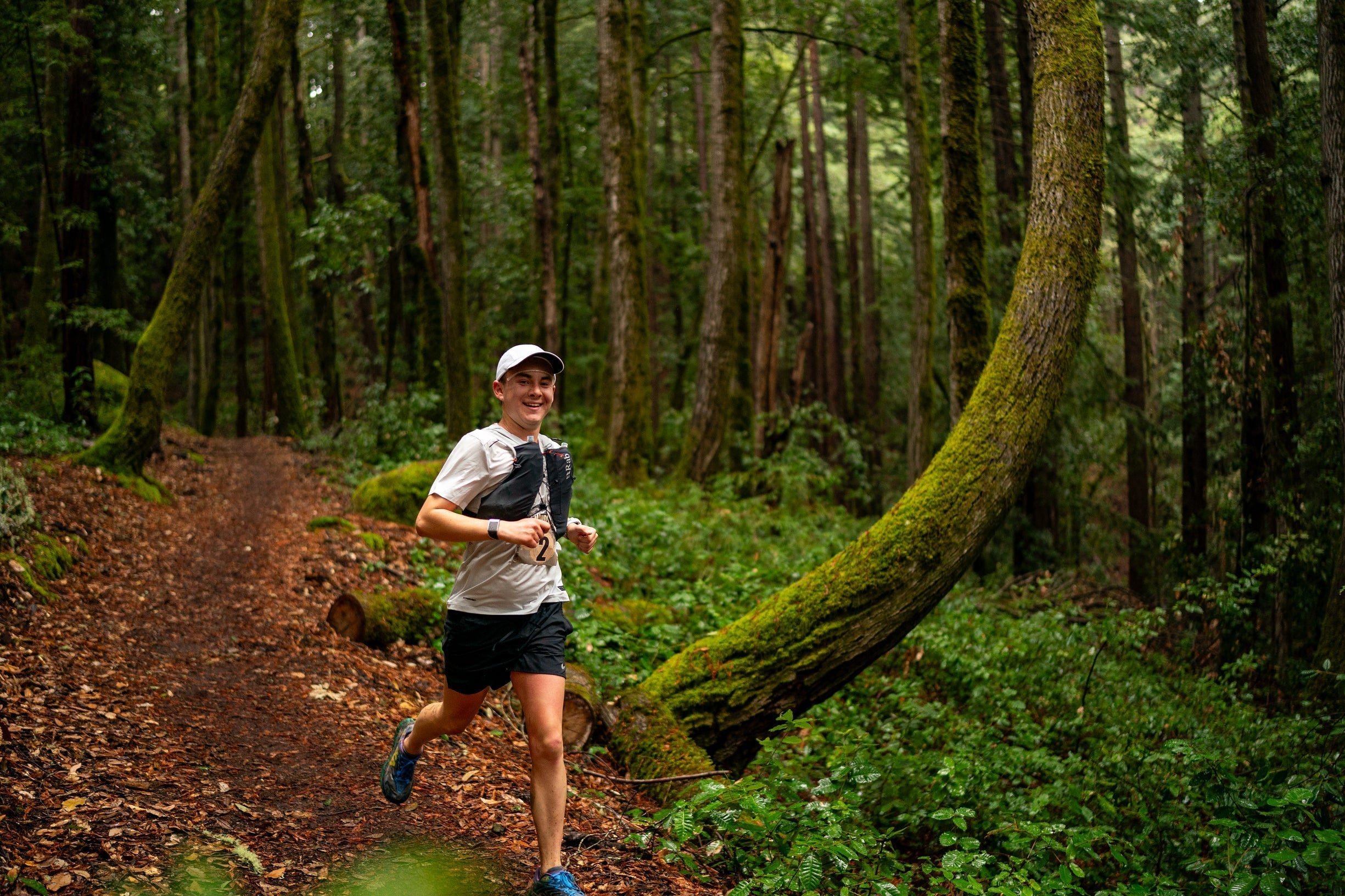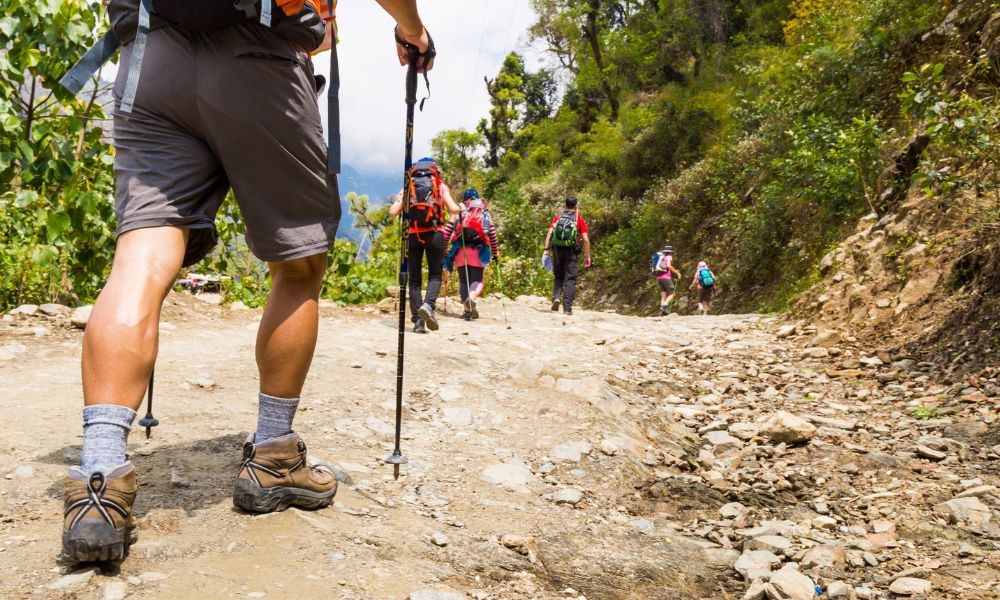
Knowing what you’re doing can sometimes work against you. Hikers who fail to plan for extreme weather conditions, thinking they can just power through, have found themselves calling for help and taking the rescue helicopter version of the walk of shame.
Here are five quick tips for hot-weather hiking this summer. Take them as reminders to remain humble, respect the power of heat, and make the necessary preparations to ensure a safe and enjoyable experience.
Go Early in the Day
Starting your hike early in the day is a good strategy for avoiding the worst of the summer heat. The earlier you start, the cooler the temperatures will be, and you’ll be back at the trailhead before the heat index becomes dangerous. Plan a route that includes areas you know have shade.
Wear Technical Clothing
Opt for lightweight, breathable, and moisture-wicking technical fabrics specifically for running, hiking, and other outdoor activities.
Heed the usual advice to avoid cotton, especially if you’ll be setting up camp and staying overnight. Cotton absorbs sweat, slows evaporation, and takes a long time to dry. By day, you’ll risk heat exhaustion. And as the sun goes down, you’ll be much colder when you’re in soggy cotton clothing.
Wear a non-slip headband to keep sweat out of your eyes and maintain visibility on the trail. And don’t forget a hat with a neck flap, sunscreen, and sunglasses as defenses against harmful UV rays.
Bring Water and Sports Drinks
Bring enough water, and consider using a hydration pack for easy access. Sports drinks with electrolytes help you replenish the minerals your body loses through sweating. Monitor your fluid intake throughout the hike and take breaks in shaded areas to rehydrate.
Be careful not to overhydrate. Although it’s rare, athletes have experienced water intoxication (hyponatremia) and even passed away as a result. They drank so much water that they diluted their body’s sodium levels to the point where cellular processes couldn’t function. So stay hydrated, yes, but don’t guzzle. A few sips every 20 minutes or so should be just enough to replace the water you lose through sweating in most cases.
Know the Signs of Heat-Related Illness
Symptoms of heat exhaustion may include dizziness, headache, fatigue, and excessive sweating. Heatstroke is more severe and can lead to high body temperatures, confusion, hot and dry skin, extreme sweating, seizures, a rapid pulse, nausea, and difficulty breathing. If you or anyone in your group is experiencing these symptoms, stop, find a cool and shaded area, rehydrate, and call for help immediately. Time is of the essence in treating heat stroke, which can be fatal.
Have a Rescue Plan
Before setting out on your adventure, make sure to let someone know your estimated route and return time. Have a plan in place for contacting emergency services if necessary, and carry a well-charged smartphone or other communication device. Familiarize yourself with local rescue services and keep their contact information handy.
By reminding yourself of these five tips for hot-weather hiking this summer, you can make your hikes safer and more enjoyable.

